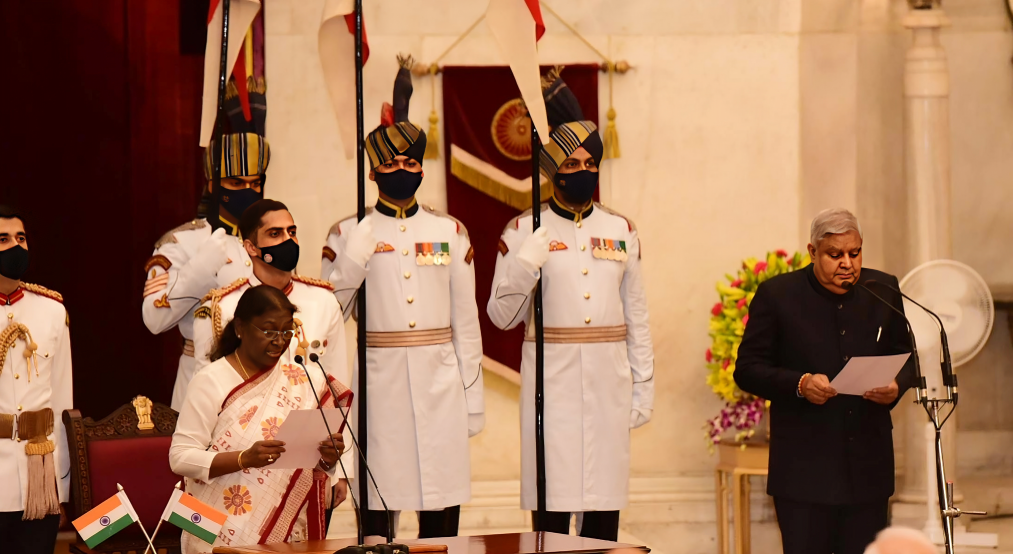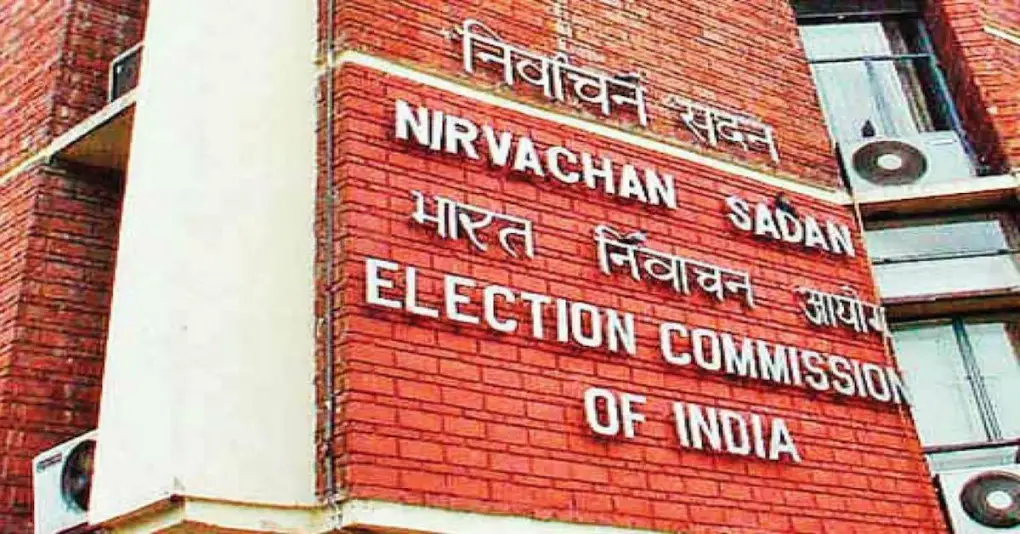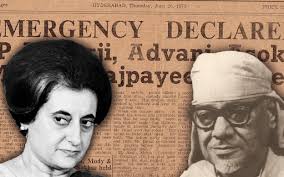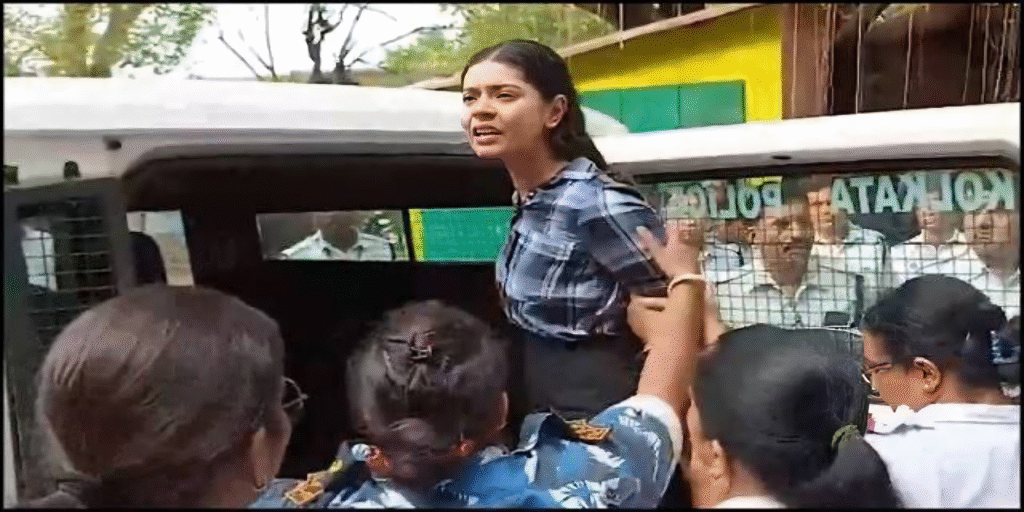The Forgotten Brotherhood: Israel and Iran Before 1979
In the heart of the Middle East, where empires have risen and fallen, Israel and Iran once shared an unlikely friendship. Before the Islamic Revolution of 1979, Iran under Shah Mohammad Reza Pahlavi quietly extended a hand of cooperation to the young Jewish state of Israel. Despite the Arab world’s collective hostility toward Israel, Iran recognized the Jewish state in practice, if not officially. It sold oil to Israel when others wouldn’t and provided a strategic corridor between Jerusalem and the outside world.
The partnership was not merely economic. It extended to military and intelligence collaboration. The Mossad and SAVAK, Iran’s feared intelligence agency, exchanged information and coordinated on regional matters. Both nations shared a common enemy in Arab nationalism, particularly the ambitions of Egyptian President Gamal Abdel Nasser. In an unstable region, Israel and Iran found in each other a reliable, albeit quiet, ally.
This pragmatic relationship was rooted not in ideology but in mutual interest. Israel was isolated, and Iran sought to balance its ambitions against the growing tide of Arab nationalism. But this camaraderie was not to last. As the decade drew to a close, Iran’s domestic tremors were about to shake the very foundations of the region.
The Revolutionary Earthquake: 1979 and the Birth of Hostility
The year 1979 was a turning point—not just for Iran but for the entire Middle East. The Islamic Revolution overthrew the Shah and installed Ayatollah Ruhollah Khomeini at the helm of a theocratic regime. Iran’s foreign policy underwent a dramatic transformation. The new regime did not see Israel as a geopolitical partner but as the sworn enemy of Islam.
All diplomatic ties were severed. Iran closed the Israeli embassy in Tehran and handed over the building to the Palestine Liberation Organization. From that moment onward, Iran’s official policy was not mere opposition to Israeli policies—it was the complete annihilation of the Israeli state. Khomeini declared Israel the “Little Satan,” an illegitimate colonial outpost of Western imperialism.
The rhetoric was matched with action. Iran began supporting militant groups across the region that aimed to destroy Israel from within. The seeds of proxy war were planted, and the ideological confrontation between the Zionist and Islamic republics began to take shape.
The Birth of Proxy Warfare: 1980s and the Rise of Hezbollah
The 1980s saw the birth of Iran’s most effective weapon in its war against Israel—proxy militias. Chief among them was Hezbollah, formed in Lebanon in 1982 with direct Iranian support. This followed Israel’s military incursion into Lebanon, which aimed to push Palestinian fighters away from its northern border.
Hezbollah would become the crown jewel of Iran’s regional strategy. Combining ideological training, guerrilla warfare, and suicide bombings, the group launched numerous attacks against Israeli and Western forces. Iran provided funding, training, and arms. Lebanon became the first major battlefield in what would become a decades-long shadow war.
At the same time, Iran began extending its support to other groups such as Islamic Jihad and, eventually, Hamas in Gaza. These militant outfits not only targeted Israeli civilians and soldiers but also helped Iran gain influence in the Arab world, particularly where regimes were opposed to Tehran’s ideology.
The 1980s were formative years in shaping the future contours of the Iran-Israel conflict. Iran positioned itself as the vanguard of Islamic resistance, and Israel, faced with growing non-state threats, began adapting its national security doctrine to counter this new form of warfare.
The Nuclear Clock Ticks: 1990s to 2000s
The 1990s and 2000s introduced a new and dangerous dimension to the conflict: nuclear ambition. Iran’s nuclear program, long shrouded in secrecy, began raising alarms in Israeli security circles. While Iran claimed its nuclear program was for peaceful energy purposes, Israel believed otherwise.
The specter of a nuclear-armed Iran became an existential concern for Israel. Tel Aviv feared that once Iran acquired a nuclear bomb, it would either use it directly or more likely use it as a shield to escalate its proxy wars. Israel began lobbying the international community, particularly the United States, to impose sanctions and halt Iran’s nuclear march.
This period also marked the beginning of what is often referred to as the “shadow war.” Israel allegedly began targeting Iranian scientists involved in the nuclear program. Explosions at nuclear facilities, mysterious deaths, and cyberattacks like the Stuxnet virus were all part of a silent campaign to delay Iran’s progress.
For its part, Iran did not sit idle. It increased funding to Hezbollah and Hamas, expanded missile development, and worked closely with Shia militias in Iraq and Syria. While direct confrontation was still avoided, both sides engaged in a lethal chess game played in secret and in shadows.
From Shadows to Fire: 2023 to 2025 and the Rise of Direct Conflict
The fragile balance began to crack in 2023. On October 7th, Hamas, supported and armed by Iran, launched a brutal and unprecedented attack on Israel. More than 1,200 Israelis were killed, and over 250 were abducted. The event marked the bloodiest day in Israel’s modern history since its founding. Israel responded with full military force in Gaza, but its eyes turned eastward—to Tehran.
In the months that followed, Israel allegedly conducted sabotage missions inside Iran, including explosions on key gas pipelines in February 2024. On April 1st, Israel struck the Iranian consulate in Damascus, killing 16 personnel, including top generals. Tehran could no longer afford silence.
On April 13th and 14th, 2024, Iran launched a barrage of over 300 drones and missiles at Israel. Though most were intercepted by Israel’s Iron Dome and Arrow systems, it marked the first direct assault from Iranian soil on Israel. The rules of the game had changed.
In October 2024, after senior leaders of Hezbollah and Hamas were killed in Israeli strikes, Iran launched another round of missile attacks, this time numbering over 180 projectiles. And then came the final blow in June 2025.
Operation Rising Lion: The Great Escalation of June 2025
In June 2025, Israel launched what it called “Operation Rising Lion.” It was not a covert mission—it was a full-scale air and missile campaign targeting Iranian nuclear sites, ballistic missile factories, and military bases. Precision strikes eliminated top Iranian nuclear scientists and military commanders.
Iran’s response was swift and brutal. It fired dozens of missiles at Israeli cities, targeting Tel Aviv, Haifa, and Beersheba. Civilian casualties mounted on both sides. Over 240 Iranians and at least 60 Israelis were reported dead, with many more injured.
The world watched in alarm. This was no longer a proxy war or a silent standoff. This was open war between two powerful regional actors—one nuclear-armed and the other nuclear-ambitious. The risk of escalation beyond control became real, and calls for restraint echoed in the chambers of Washington, Moscow, Beijing, and Brussels.
The Web of Motives: Ideology, Power, and Nuclear Fear
At the heart of this enduring conflict lies an ideological divide. Iran sees itself as the defender of Islam against a Zionist oppressor. Its opposition to Israel is not tactical—it is theological and revolutionary. Supporting anti-Israel militants is, in its view, a divine mandate.
Israel, on the other hand, sees Iran not just as a military adversary but as an existential threat. The idea of a nuclear-capable Iran led by a regime committed to its destruction is intolerable. Thus, preemption becomes not only a right but a necessity in Israeli strategic doctrine.
But ideology is only one part of the puzzle. The Iran-Israel conflict is also a classic regional power struggle. Iran wants to be the dominant force in the Middle East. By establishing proxies and allies in Lebanon, Syria, Iraq, and Gaza, it creates a belt of influence around Israel. Israel, in turn, works to prevent this encirclement by strengthening ties with Arab states like the UAE, Bahrain, and Saudi Arabia.
This rivalry is not just between two states but between two models of regional order—one Islamist and revolutionary, the other secular and security-oriented.
The Chronology of Conflict: Key Phases in a Dangerous Rivalry
Period Nature of Relations Key Events and Characteristics
Pre-1979 Strategic Cooperation Oil trade, intelligence sharing, mutual containment of Arab nationalism
1979–1989 Hostility and Realignment Iranian Revolution, support for PLO, ideological rupture
1980s–1990s Proxy Warfare Begins Formation of Hezbollah, attacks on Israeli and Western targets
2000s–2020s Shadow War Intensifies Assassinations, cyber warfare, nuclear tensions
2023–2025 Open Conflict Erupts Direct missile attacks, airstrikes, civilian casualties
Each phase represents a deeper descent into confrontation. From diplomatic relations to ideological demonization, from covert sabotage to overt war, the conflict has matured into a geopolitical crisis that threatens not only Israel and Iran but the entire region.
The Current Moment: A Region on the Edge
As of mid-June 2025, the Middle East teeters on the brink of a much wider war. Israel has demonstrated that it will not tolerate a nuclear-armed Iran. Iran has shown that it will retaliate with force if attacked. The United States, traditionally Israel’s main backer, now finds itself in a precarious position—supporting Israel while trying to avoid dragging the entire region into war.
Russia and China, both having stakes in Iran’s economy and military, have issued calls for restraint. Arab nations, divided between anti-Iran sentiment and fear of regional collapse, have offered cautious support to Israel, particularly the Gulf states.
Meanwhile, the United Nations has convened emergency meetings. But words alone may not be enough to prevent what could become the most catastrophic war the Middle East has seen in decades.
Conclusion: From Brotherhood to Battlefield
The Israel-Iran conflict is a modern tragedy of geopolitical transformation. What began as a relationship of quiet cooperation between two strategic outliers has turned into one of the fiercest rivalries in the modern world. Fueled by ideology, hardened by history, and intensified by modern weapons, this conflict has now entered a dangerous new phase.
Operation Rising Lion and Iran’s subsequent retaliation have shattered the illusion that this was merely a shadow war. It is now an open battle, one with real consequences for millions of people.
The coming months will test not just the military strength of these nations but the diplomatic skills of the international community. The choice is clear—escalate toward regional war or deescalate through diplomacy and restraint.
But in a region where grudges last generations and wars rarely end conclusively, peace remains the most difficult path to walk.
—
This article is based on verified sources and timelines from global publications including Economic Times, India Today, Al Jazeera, AP, and Wikipedia. It is written to provide a clear political analysis of the Israel-Iran conflict from its origins to its most recent escalation as of June 2025.





